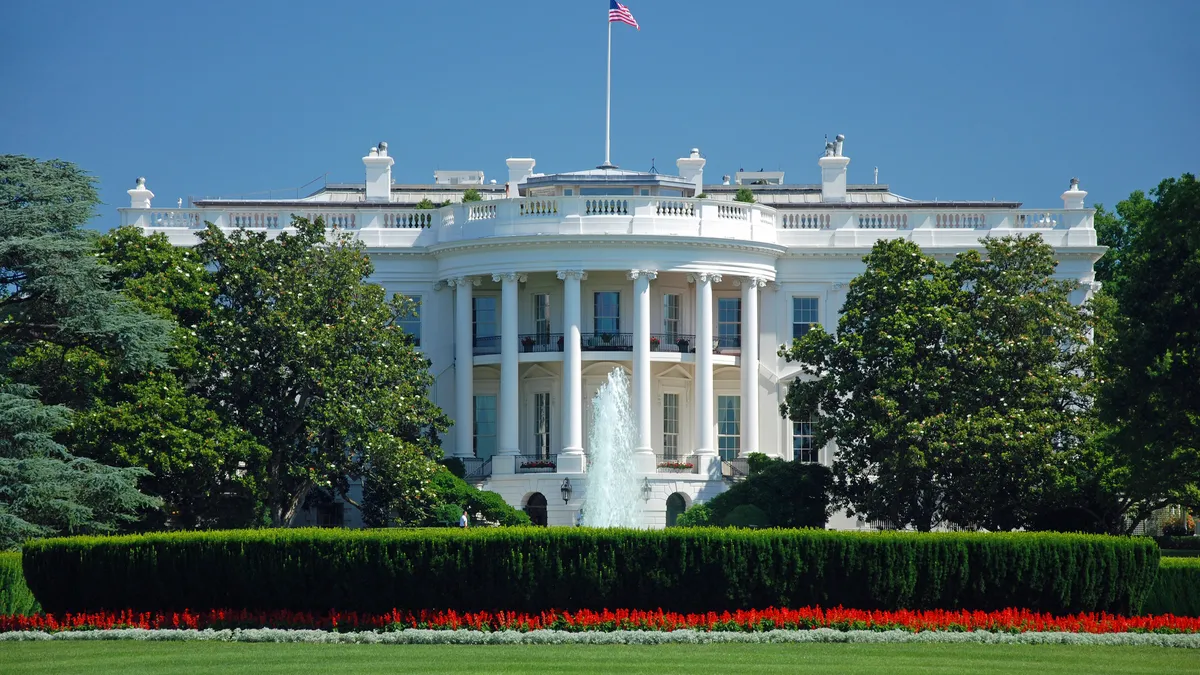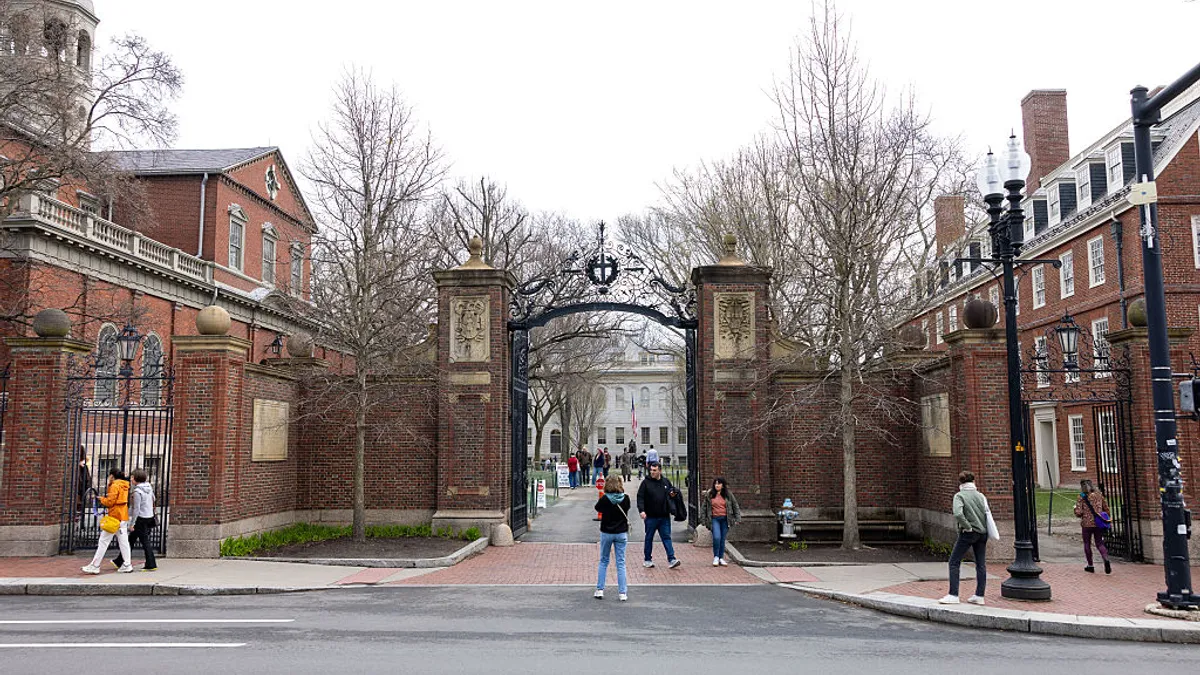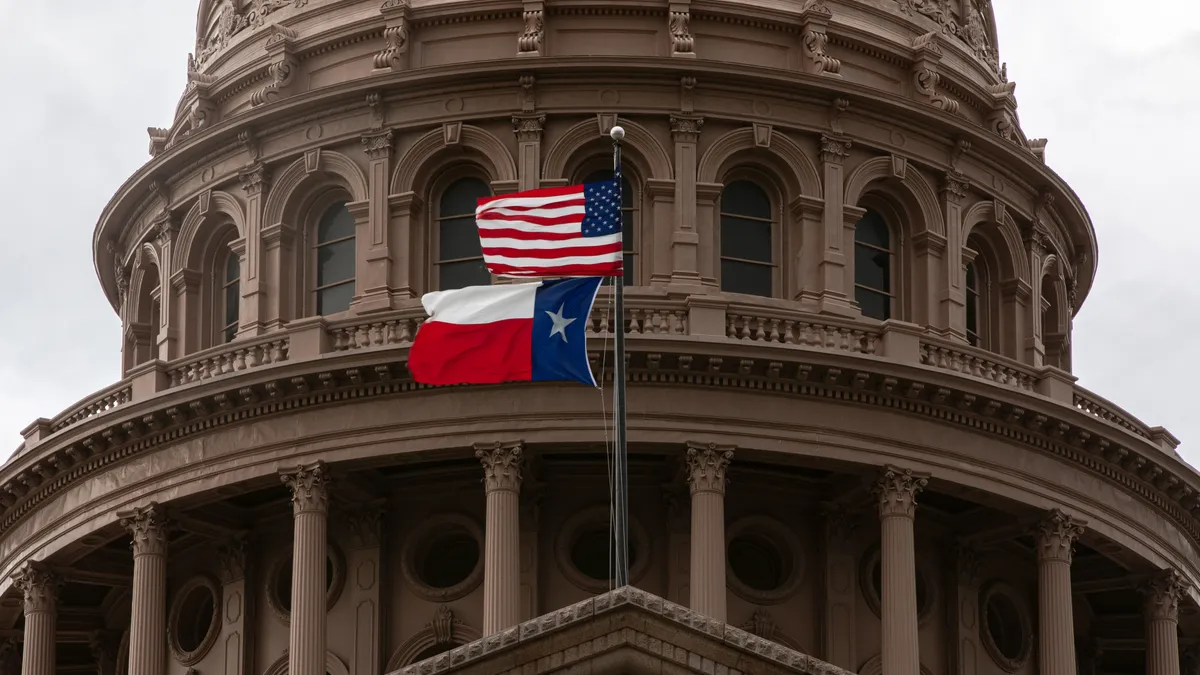Rachel Fishman is director of the Higher Education Program at New America. Mary Alice McCarthy, PhD is a senior director at New America and founder of its Center on Education and Labor.

The share of U.S. jobs that pay low wages and do not include benefits has grown steadily over the last two decades. Reversing that trend has become the centerpiece of the Biden administration’s domestic agenda, which it has pursued through a combination of job-generating investments, regulatory reforms and administrative actions.
The U.S. Department of Education’s soon-to-be-released gainful employment rule provides another opportunity for the administration to advance its “Good Jobs” agenda, this time by shutting down a publicly subsidized pipeline to low-wage, precarious jobs with low returns on investment.

Specifically, the administration, with the support of student and consumer advocates, has proposed adding an earnings threshold to the gainful employment rule that would require any program funded with federal higher education grants and loans to show an earnings premium relative to a high school education. The threshold is critical because no one enrolls in a career training program with the goal of making the same as – or even less than — they would with just a high school diploma. Currently, there is nothing to keep institutions from offering programs with these poor outcomes.
Closing down pathways to poverty
The gainful employment rule issued by the Obama administration took effect in 2015 as part of an effort to curb abuses primarily perpetrated by for-profit, career-focused institutions that left students with more debt than they could ever repay. The rule required public and private institutions offering career or certificate programs to demonstrate that their graduates enter into “gainful employment,” which the Obama administration interpreted as a program in which a majority of graduates make enough money to afford their loans.
This rule succeeded on two fronts: It created an invaluable depository of data on the economic returns to specific career programs, and it led to the exposure and eventual closure of some of the worst-performing, most predatory for-profit college programs. The latter, included many programs at Corinthian College, which was found to be faking job placement data to hide the fact that graduates were failing to secure jobs. But despite the rule's success, or perhaps because of it, in 2019 the Trump administration repealed it.
In 2021, the Biden administration announced it would revive and strengthen the rule, adding a wage threshold that would require graduates to earn just over what someone with only a high school degree in that state makes. This would show that a graduate’s postsecondary education, quite literally, ensures they are gainfully employed and on a pathway to a good job.
While it is hard to argue against the rationale for the earnings threshold, opponents have raised concern that it would penalize too many programs.
Our analysis of Education Department data should allay those concerns. We find 5 percent of all degrees granted in programs that receive federal aid would fail. Most of these failing programs are offered by for-profit institutions and are clustered around a set of occupations in personal care and healthcare such as cosmetology and allied health. While a minority of programs in those fields would fail the earnings threshold, these same types of programs enroll a disproportionately large share of low-income Black and Latina women compared to more affordable programs at public institutions that lead to the same jobs — but with higher wages. In other words, the effect would be targeted and limited to a small share of programs and colleges.
Given the relatively modest impact of the provision, is it worth it? Absolutely. College-goers make up a growing share of America’s large low-wage workforce, a trend that should raise alarm bells among policymakers, college leaders and student advocates.
According to a 2017 U.S. Government Accountability Office report, the share of low-wage workers with college degrees increased from 16% in 1995 to 22% in 2016. A 2019 report from Brookings Institute found that 29% of low-wage workers had “some college, no degree,” a category that includes people who stop out of college but also a growing share of postsecondary certificate program graduates in fields like personal care, homecare, and healthcare.
In a good jobs economy, education pays
According to just about any version of the American social contract, education pulls people out of poverty, not into it. How did higher education get in the business of training people for low-wage jobs?
Money, of course, and lots of it. Every year, the federal government sends out nearly $30 billion in Pell Grants and $85 billion in loans that students can use to pay tuition at virtually any accredited institution, including public and private nonprofit colleges, universities, and nondegree-granting institutions, such as cosmetology schools or healthcare training institutes. Until the creation of the gainful employment rule, institutions were under no obligation to ensure their graduates earned enough money to afford their loans — or even stay out of poverty.
Without an accountability structure that puts a floor on low wages, there is little to keep providers from enrolling students in programs that will leave them no better off financially than with a high school diploma only.
As our analysis shows, most care jobs do pay more than what a high school graduate earns, which is appropriate given these jobs require a postsecondary credential. And while it’s true that most care jobs still do not pay a living wage, it is not the case that colleges and training providers have no influence on the earnings of their graduates. Institutions can partner with employers that pay better wages, and they can ensure students are fully aware of the employers that do not. Adding an earnings threshold to the gainful employment rule gives institutions a good reason to do both.
The Biden administration’s “Good Jobs Initiative” has been an impressive, interagency effort to use every available tool — legislative, regulatory, administrative, and the bully pulpit -– to address the alarming decline in the quality of American jobs. The reissuance of a stronger regulation gives the administration another chance to protect students from spending precious resources on low-value educational programs that will not lead to a good job — and it should make the most of it.





















